|
Blog Post By: Elaine Walters, Sea Turtle Intern
The turtles that nest on the beach here at Edisto Beach State Park are the loggerhead sea turtles. These turtles only spend a short portion of their lives here since they are only here from May to October, which is their nesting season. For the majority and rest of their lives they inhabit a very wide range and can travel great distances using the Earth’s magnetic field to navigate. They have a very wide range encompassing much of the Atlantic, pacific, and Indian oceans, and the Mediterranean. From our beach, hatchlings travel 2-3 days to an area of the Northern Atlantic where the ocean currents circle an area of high density Sargasso seaweed. This is where they remain for several years foraging. Once they are about the size of a dinner plate they venture out of the relative safety of the Sargasso Sea and begin to forage elsewhere in the ocean. They can find food in the open ocean, but mainly prefer coastal organisms like certain crustaceans and mollusks. In conclusion, sea turtles can be found in almost every part of the ocean when it is not mating season.
0 Comments
Hurricane Idalia hit the Florida Gulf coast and then swung across and impacted Edisto. We did experience high tides as it moved over during a high tide. The tide was even higher due to the Supermoon King Tides. We did lose some nests from the impact, however, majority of our nests have already come and gone. I created a video to share what the impact may be on sea turtles from an extreme weather event like a hurricane. Check it out below! Blog Post By: Lilli Stanley, Sea Turtle Intern
This summer I wanted to do an internship working on wildlife conservation so when I got the opportunity to work on Edisto Island, SC working on loggerhead sea turtle conservation I was so excited. My family has been vacationing here since I was little, so getting to do the work that I had seen others do was an exciting opportunity. In a lot of ways, this summer was a challenge for me. It stretched me in a lot of ways like moving to a new place where I knew no one, it pushed me out of my comfort zone by requiring me to talk to knew people every day, and even give a 30-minute-long presentation to a room full of people. However, every time I was faced with one of these challenges, I found that I was able to them, it just took some courage. This was a huge milestone for me. I am a very shy and quiet person, and even a few months ago I would have been shocked if someone told me what I had accomplished this summer. Besides growing in confidence, I also learned so much this summer. Nearly every day I learned something new about the turtles, how to do something new, or just about the general flora and fauna here on Edisto. When I think about my favorite experience this summer, two instances immediately come to mind. The first one being my very first encounter with a loggerhead sea turtle. I was on night patrol with Leah and Eli (one of the other summer interns) when we spotted a turtle coming ashore. We stayed a good distance away from her until she was at a safe viewing stage. Once she started laying, we were able to move closer to her. It was amazing. I had never seen an adult turtle before, and we were the only people out on the beach so it was just us and the turtle. She had some bioluminescence on her carapace, so she had lots of blue glow in the dark sparkles all over her. Once she was done laying and she was late stage covering, I was able to measure her carapace and scan for a PIT tag. While I was measuring her, she was moving her front flippers and she slapped me on the wrist! She actually bruised it; she was so strong. It was an amazing first experience with a turtle. The second experience that comes to mind happened on my second to last patrol of the summer. We were driving down to the inlet when we spotted a pair of incoming tracks but no outgoing. Upon closer look, there was a turtle ashore right near the scarp. She wasn’t moving except to blink but there was no sign of sickness or injury. One of the turtle volunteers stayed with her while we worked on some relocations and when we came back over an hour later, she still had not moved. We then began to clear some sand away from her and poured some ocean water on her. This seemed to be the extra push she needed, and she finally began crawling back to the water. It was so amazing to see that she was ok and to be able to see a turtle in the daylight! Until then, I had only seen a mother turtle at night, and to see one the day before my internship ended was so cool. As soon as we started our walk on Saturday, we got to witness a few straggler hatchlings emerging from a nearby nest. It was great to already have hatchling activity! As we ventured further down the beach, there were more hatchlings to witness emerging from another nest that had recently showed signs of a major emergence. This is why we wait 3-5 days to inventory a nest as the next few nights, there may be hatchlings that emerge from the nest on their own.
The following morning we documented three new nests and two false crawls and there were no new nest emergences. It was a great night walk to wrap up the night walk programs for 2023! On the Thursday night walk, we had a turtle emerging from the surf. We were excited that there was an adult turtle coming ashore as the new nesting activity had been slowing down. We took a look through the night vision monoculars only to discover that once she crawled up and hit the wrack line, she decided to turn around and false crawl.
We got to see her closer on the crawl back to the ocean. The following morning this was the only turtle crawl documented, so we were lucky to be able to witness this turtle. There were also three nests that emerged. Blog Post By: Elaine Walters, Sea Turtle Intern
Bioluminescence is one of biology’s most magical phenomena. It can be found in a variety of organisms, with the vast majority being microscopic marine organisms called plankton. Plankton are tiny organisms that drift freely in the ocean currents. They can be plants, animals, or bacteria, and hold different properties as each; however, they all share a miniscule size and relatively low mobility. These organisms, specifically photosynthetic phytoplankton, provide much of the ocean’s primary productivity and fill a niche similar to grass. Bioluminescence is often thought of as a tropical phenomenon; however, it can also be experienced here on Edisto Beach. If you were to go to the beach at low tide and turn your (red!) lights off you would be delighted to find tiny bluish sparks forming where the sand near the waterline is disturbed. The bioluminescence here is caused by dinoflagellates. Their numbers increase as the waters warm in the summer. This is very beneficial for the other larger organisms like fish, crustaceans, and even small aquatic larvae. Because of these many predators, it is probable that the dinoflagellates use their bioluminescence as a defense mechanism. This relies on the idea that there’s always a bigger fish. They make themselves highly visible so another bigger creature might come to consume their attacker. There are a great many other bioluminescent organisms in the ocean, especially in the deep ocean where light is even more noteworthy than it is at the surface. It can even be observed on the backs of some loggerhead sea turtles which use Edisto Beach as a nesting beach. There is much about this glowing phenomenon that is still a mystery; however, it is a fantastic sight! Next time you find yourself on the beach at night shuffle your feet in the sand and find out for yourself! While still walking in the campground area, we spotted a couple hatchling heads barely poking through the sand. We knew it was only going to be a matter of time before we saw a nest boil! They nickname it a boil as it appears the sand is boiling with hatchlings. We wondered how long we would have to wait but it did not take too long and over 30 hatchlings emerged from the sand and made their way to the ocean. After we saw those hatchlings, another three emerged and from the looks of the photo from the morning volunteers, even more came out during the night!
The following morning there were two new nests documented and five nest emergences! The Saturday night walk delivered turtles and not just sea turtles! On our way to the inlet, we had a turtle ashore. She had just recently come ashore so we patiently waited while she was digging the egg chamber. We watched through the night vision monoculars before she was ready to lay eggs. We watched this turtle lay eggs, cover and return to the ocean. On the way back, we saw a diamondback terrapin, the brackish turtle that lives in the marsh but nests on our beach. Then before getting to the office building, we saw hatchlings! It was a busy but fun night walk! The following morning we documented the sea turtle nest that we witnessed, as 279. There were three new nests and nine false crawls documented. There were also five nest emergences. We only have one more week of night walks and are hoping for continued turtle sightings! We were thankful that we were still able to conduct the walk portion of the program on Thursday as earlier on in the day it showed thunderstorm arriving right around 9pm. The initial radar when we went out onto the beach showed that a storm would not arrived until 1am, so we excitedly headed out, with the hopes of witnessing a nesting sea turtle.
We came across a turtle ashore not too far down the beach. This turtle was almost done covering when we saw her though and she quickly slipped into the high tide. A little further down and all of a sudden the group reported a sea turtle emerging, right in the middle of our group. We proceeded to turn off our lights and split ways to. create a path for it to crawl ashore. Thankfully, by standing still and without any lights, the turtle continued crawling up above the high tide line. After checking the radar and seeing the storm was set to move in around midnight, we figured it was best to let this turtle continue nesting and head back to the office building. Besides, we all got an up close encounter and saw her through the night vision monoculars. However, on the way back, when we were almost back to the building, a storm cell popped up and completely soaked us all. Thankfully, with that exciting turtle encounter we were all in great spirits! The following morning, the dawn patrol team documented three new nests and two false crawls. The second turtle we witnessed during our program is marked as nest 271 on the state park beach! This was our first intern-led night walk and Lilli did a great job! As soon as we finished with the indoor portion of the program, we proceeded out on the beach only to discover two nests had already emerged! As we proceeded to walk down the beach there was an adult turtle crawl but it lead to a false crawl in the dunes. We were still hopeful that we would get the chance to witness some turtle activity.
Not too much further down and there was a turtle ashore! After confirming with the night vision monocular that she was laying eggs, the group got a closer viewing experience. It was an incredible sight to watch as she finished laying the eggs, covered them back up and then returned to the ocean. On our way back to the WIFI room, there was another turtle ashore up in the dunes. We quietly passed by near the ocean. The following morning the team documented 4 new nests and 13 false crawls. Sadly, one of the new nests, nest 260, was entirely predated by raccoons before we arrived in the morning. The nest we witnessed during our program is marked as nest 261 on the state park beach. See below for a couple photos of the nest! We walked half a mile down the beach and we found an incoming crawl of a loggerhead sea turtle. After determining that this turtle was already covering up her eggs, we brought the group for a closer look. We appreciate the beach goers that were watching her from a far distance without any lights. It is important to keep a distance from sea turtles if on the beach on your own, to ensure she does not get disturbed. We watched as she finished throwing sand with her front flippers and then make the crawl back to the ocean. On the way back we checked a few nests for signs of hatchlings but there is no emergence activity yet! The following morning we documented three nest and seven false crawls. The nest we saw on the night walk is marked as 251 on the state park beach. See photos below from our morning turtle patrol. When we were almost at the inlet we had a turtle that was heading back to the ocean after completing a false crawl, she seemed tired after attempting two egg chambers and climbing the steep scarp. Hopefully she found another place to successfully nest. On the way back to the park, things got eventful. We had a turtle that was emerging from the surf line. Then as we were watching her through the night vision monocular, another turtle started emerging just nearby. This turtle crawled up to the high tide line but eventually turned around. In the meantime, another turtle started to emerge behind us. We were surrounded by turtles! After the second turtle was back in the ocean, we watched as the first turtle covered her eggs and disguised her nest. There were more turtle tracks that we saw on the walk back but we quietly passed by as we made our way to the WIFI room. It was a late but fun and turtle-filled night walk! The following morning the dawn patrol team documented 7 new nests and 8 false crawls. The nest we saw during the program is marked as 239 on the state park beach. See photos below taken during the morning turtle patrol. We had just started our walk when we had a turtle emerging down the beach. We were hopeful she would find a good spot. Unfortunately, she ended up turning around after she crawled up to the high tide line. After we made sure she was heading back, we witnessed her as she snuck beneath the waves. Further down the beach there was a turtle that had already come ashore, nested and left by the time we got down there. We were still keeping our turtle spirits high for our walk back and sure enough, we had a turtle that started emerging again. We watched through the night vision monoculars as she made her way up to the dunes. She proceeded to dig an egg chamber and start to lay. We witnessed her lay, cover her nest and head back to the ocean. It is such an amazing sight! The following morning the dawn patrol team documented 8 new nests and 5 false crawls. The nest we saw on the night walk is marked as nest 226 on the state park beach. See more photos taken during the morning turtle patrol below. Blog Post By: Elaine Walters, Sea Turtle Intern
There is something about turtles that captures the imagination and hearts of human beings. They feature prominently in the origin stories many different cultures, and they were often believed to possess mystical powers. As with many stories these often instill some kind of moral teaching or lesson for those listening to them. While the reality of these myths, legends, and proverbs may be called into question, many of the lessons still ring true today and, in many cases, our modern society might do well to listen to them. In creation stories from North America to India, there are a great many tales of the world being built upon the back of a turtle. In the creation stories of the Potawatomi Nation of North America, it is the collaboration between all the creatures of Earth and the first human that lead to the establishment of the continent. Before there was land, there was only water and the animals. Until one day when the first woman, known as Skywoman, fell to earth. The birds flew up to break her fall and delivered her to the back of a turtle. From this point the other animals dove to help gather mud to build and island on which the new human could live, which they built around the turtle’s back. In turn, Skywoman took the seeds she had brought from her home in the sky and planted seeds on the new island, providing food to her new allies (summarized from Braiding Sweetgrass by Robin Wall Kimmerer). This shows how valuable it was for humans to live with the natural world, rather than to be separated from it or hold dominion over it. We are currently facing unprecedented levels of global change, particularly in that of our climate that has been warming at alarming rates for the past few decades. There are equally alarming trends in ocean acidification, soil degradation, and extinction rates. Even the turtles, which have been the foundations of many of the world’s creation stories are facing increasing threats and population decline. As strange as this may seem, we may acquire a better understanding of how to deal with these problems from listening to these legends and stories. They may provide vital lessons on how to make our society more balanced and connected to the environment around us. The plants and animals of our world have, if not in quite so mythical of a sense, supported the growth of our species and it is now our turn to support and care for them. After a half a mile walk down the beach, we had a sea turtle ashore! She had already finished laying her eggs and was covering up the nest. We watched as she used her dextrous back flippers to pack the sand back on top and then use the front flippers to fling sand backwards, hiding evidence of the nest. As she was covering, we noticed she had some bioluminescence on her carapace. Without any red lights, we watched as she flung sand and disturbed the bioluminescence, causing them to glow. After she successfully made it into the water, we walked back to the WIFI room, full of excitement of seeing a sea turtle! The following morning the dawn patrol team marked this nest as 211. There was a total of 5 new nests and 3 false crawls documented. See below for a few photos taken from this morning turtle patrol. Just a short walk down the beach and there was a turtle covering up a nest. She had already been up for a while so we got a glimpse as she headed back to the ocean. We watched as she quickly dipped below the waves. This nest was very low and it was high tide, so the turtle did not have to crawl far. We proceeded down the beach further and there were three more turtles ashore. We waited for the first turtle to begin to lay. This turtle must have been exhausted as she began to cover but then kept taking long breaks. The other two turtles already nested and returned to the ocean and this first turtle was still covering. We left her be and hoped she would gain the energy needed to get back to the ocean. The following morning I received a call that there was still a turtle laying eggs. I was worried it was the same turtle from last night but it was a different one that had nested right before sunrise. The turtle from the nest we saw did successfully make it back to the ocean and her nest is marked as 200! We had a total of 6 nests and 3 false crawls. See below for some pictures taken during dawn patrol. On the Tuesday night walk, the storms had passed early on, allowing us to continue with the program. We walked to the inlet without a turtle sighting but we did get a view of the distant fireworks off of Seabrook Island. We did come across some turtle tracks on our walk but the turtle had already went back to the ocean. This turtle had attempted to dig an egg chamber twice before deciding to try another location. On the way back to the WIFI room, we came across another set of turtle tracks. This turtle had also returned to the ocean but this one had successfully nested! She must have just come ashore shortly after we walked on by. You just never know when or where the turtles will decide to nest. The following morning we documented 1 nest and 9 false crawls, bringing our tally to 190 nests. See below for a few pictures taken from the dawn patrol. We had a beautiful walk to the inlet, under an almost full moon and cloudless sky. There was just enough of a breeze to keep the bugs at bay as well. On our way to the inlet, only a shore false crawl was seen. We were hopeful on the way back that there would be a turtle ashore. We joked that the turtle was going to be in front of the white office building and sure enough, there was a turtle nearby that had just started to lay her eggs! We witnessed this turtle lay, cover and then return to the ocean. She had some obstacles along the way. On her emergence track, she collided with a washed up log but thankfully that did not deter her. On her way back to the ocean, the turtle crawled head first into nest 2 and then squeezed between nest 10 and 42. As we watched the turtle enter the surf, a member from the night walk group spotted another turtle emerging just down the way. We snuck off the beach through another access to avoid disturbing this turtle. The following morning we documented 4 new nests and 5 false crawls. Sadly, the raccoons predated the entire nest 173, the one we witnessed on the night walk program. The other turtle that we saw crawling ashore as we were leaving nested too low to the tide line. We carefully relocated those eggs to higher ground and have documented it as nest 171. See below for pictures taken from the dawn patrol. We had a short but very sweet walk on the Thursday night walk program. Only a short stroll down the beach and we had came across a turtle track. The turtle was up nice and high near the dunes. We used the night vision monocular to confirm that the turtle was laying eggs. We witnessed her lay eggs, cover and return to the ocean. It was a beautiful sight under the bright moon light. Once she went under the ocean, we continued watching and then got to see her come up for a breath of air. The following morning we documented three new nests and three false crawls. The nest from the night walk is documented as 161 on the state park beach. See below for a few pictures taken from the patrol. Although we did not see a nesting sea turtle on our night walk, we did get to witness a couple turtles make their trek back to the ocean. These turtles did not successfully nest but crawled ashore and decided it was not the spot for them. The one particular turtle was unable to crawl up the steep scarp that had formed due to erosion. On our trek back to the WIFI room, there was another turtle ashore. It almost appeared to be parallel tracks. With our permit, we are only able to witness loggerhead sea turtles as other species nesting on our beach are rare. We quietly passed on by, in the morning we confirmed that turtle crawl to also be false. We documented 4 new nests and 10 false crawls in the morning. See below for pictures taken during the dawn patrol. Blog Post By: Lilli Stanley, Sea Turtle Intern
One of my favorite shells to collect from the beach are the beautiful whelk shells. They have a spiral pattern and often have stripes and “knobs” or spikes sticking out of them. They look similar to conchs which they are often mistaken for. However, whelks are not just a shell. They are a protective outer covering made by the whelk snail that lives inside of them. The spiral design of these shells are formed when the snail uses its mantle to produce calcium carbonate to extend their shells around a central axis, producing “whorls” or turns. Loggerhead sea turtles love Whelks as well, but they are less interested in the shell than what is inside. Loggerheads use the strength of their massive jaws to crush the whelk shell so that they can eat the snail inside. Their strong jaws are what gives loggerheads their name. They must have a large head to be able to exert more than 500 pounds of force through their crushing jaws. Besides whelks, Loggerheads also love to eat jellyfish, mollusks, horseshoe crabs, and other species of crabs. Since being at Edisto, I have become even more interested in whelks and got to spot a live one moving along the waters edge at Botany Bay last night. Even though the broken whelk shells may not be as pretty for collecting, I like to imagine that a Loggerhead got to it first and broke it apart for a sea turtle snack. Starting out our night walk, there was a lot of human activity on the beach. Unfortunately many white lights were being used but after speaking with the beach goers, they turned them off as they just did not know. We were approached by other members of the public that said a turtle was laying eggs just down the way. When I made it closer to the turtle, I noticed she was still chambering, digging down to create the chamber prior to laying eggs. We patiently waited as she finished digging and began to lay. We witnessed her lay the eggs, cover them back up and then return to the ocean. The following morning, we had to relocate those eggs as she nested well below the Spring high tide line. There were a total of 107 eggs in the nest. They are now in a safe location and marked as nest 146! There were only two nests documented and six false crawls. The two nests were right near each other, so I guess it was an ideal spot! See below for pictures taken from the dawn patrol. We had a tougher walk on Thursday with higher tides and soft sand, however, it was all worth it when about 3/4 of a mile down the beach, we had a turtle ashore! I confirmed that the turtle was just finishing up laying her eggs. By the time the group arrived, the turtle was covering with her hind flippers, shortly after she started to cover with her front flippers. We watched as she covered and made the turn to head back into the surf. As it was high tide, she did not have far to crawl. Her nest was situated below the Spring high tide line, so the following morning, the dawn patrol team moved it to a more suitable location. The nest we saw on the night walk is nest 137 on the state park beach. The following morning we also had a nesting sea turtle that was just heading back into the ocean at 6:30am. We got to watch her enter the surf and take a photo as it was daylight. See below for photos taken during the dawn patrol. There were three new nests and three false crawls documented. We had a fun night walk on the Tuesday night as we hosted the Tour De Turtles group! Tour De Turtles is a group that goes to the 4 different coastal parks to experience a different sea turtle educational program. At Edisto Beach State Park, the group goes on a night walk and the following morning can go out for a guided morning walk. On our night walk, we had a turtle ashore as soon as I went out onto the beach. She was just emerging from the surf line. Unfortunately, she went up to the dunes and must not have liked the vegetation as she turned around and headed back to the ocean. We got to witness her as she made her way back to the water. A little further down, there was another turtle coming ashore and possibly the same one! This turtle went up to the dune vegetation again and started to dig, however, with the heavy presence of roots, she ended up abandoning the egg chamber and decided to try elsewhere. Again, we were able to witness this sea turtle heading back to the ocean. Nearby lightning had us end the walk but with two turtle sightings, we were all thrilled! The following morning on the guided morning walk, the group was able to witness nest 127 get moved from a very low location to a more suitable spot above the Spring high tide line. See below for photos taken during the dawn patrol. Blog Post By: Elaine Walters, Sea Turtle Intern
Loggerhead sea turtles spend much of their juvenile life in an area of the Northern Atlantic known as the Sargasso sea. The hatchlings emerge from their egg chamber en masse after nightfall (generally queued by a drop in sand temperature). After this emergence, which is also known as a boil, the hatchlings swim for approximately three days to reach the Sargasso sea. Here they spend much of their time until they reach sexual maturity at about thirty years old. This period of sea turtle development is sometimes called the lost years, as little is known about their exact behaviors. The Sargasso sea is formed by the circulation of the ocean. It is bordered not by landmasses, but rather by strong currents of water. These currents are formed by the Earth’s rotation and by the differential heating of the Earth by the sun. As the earth rotates, the water in the ocean wants to follow. If there were no landmasses, the water would spin around the globe unimpeded; however, when the water hits the land, it must turn. This creates spirals of water with four boundary currents. There are many other areas of the ocean that experience these as well, and they are referred to as gyres. These gyres often collect things within their boundaries, including plastic as more human waste makes its way into the ocean. In the case of the Sargasso sea, it has become the home of great mats of brownish seaweed called Sargassum. In addition to sea turtles, these mats provide shelter and food to many organisms (some of which become food for young turtles). This is significant because the open ocean is often limited in structure and food resources, both of which are provided by sargassum. Because of global climate change, the circulation that causes this gyre and subsequent open ocean ecosystem to form and thrive may be threatened. More data is still needed to determine the exact ramifications of these changes; however, it has been shown that these currents are shifting and changing due to higher temperatures (Yang et. al., 2020). The effect this may have on the life cycle of loggerhead sea turtles is still unknown, but it is possible that it could pose challenges in the early stages if they have to travel longer distances to reach relative safety and food sources. Yang, H., Lohmann, G., Krebs-Kanzow, U., Ionita, M., Shi, X., Sidorenko, D., et al. (2020). Poleward shift of the major ocean gyres detected in a warming climate. Geophysical Research Letters, 47, e2019GL085868. https://doi.org/10.1029/2019GL085868 |
Leah SchwartzentruberSea Turtle Biologist Archives
September 2023
|
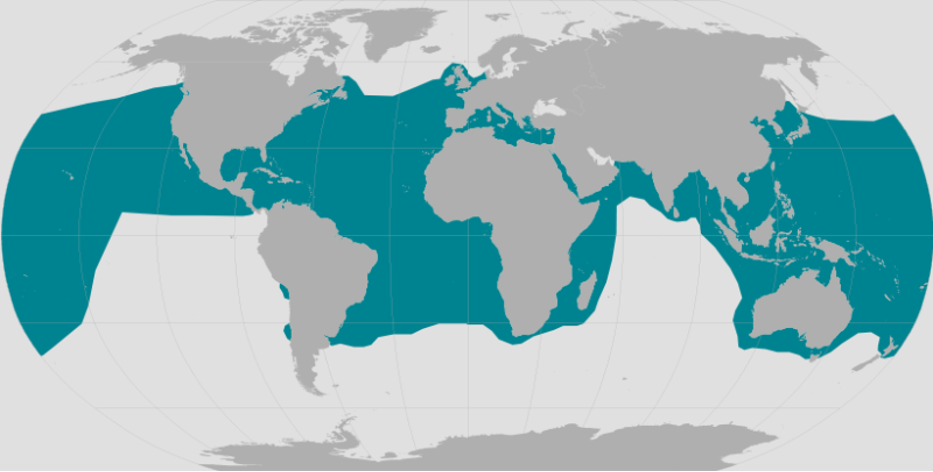
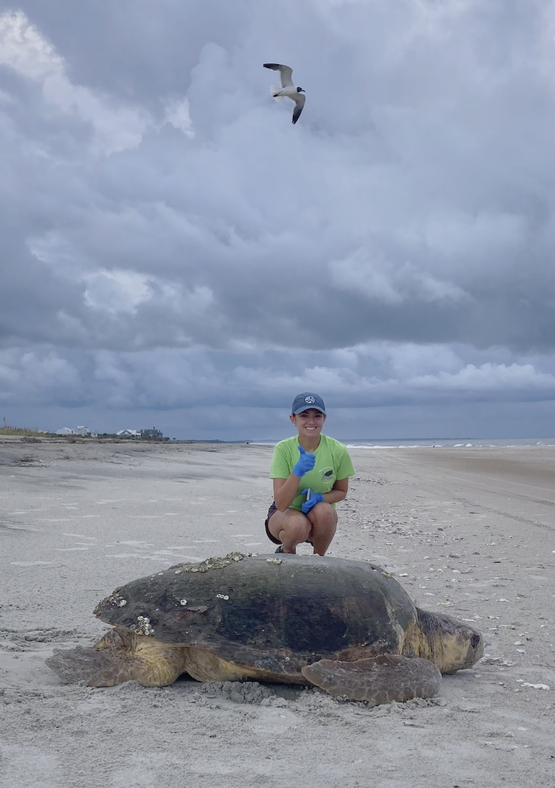
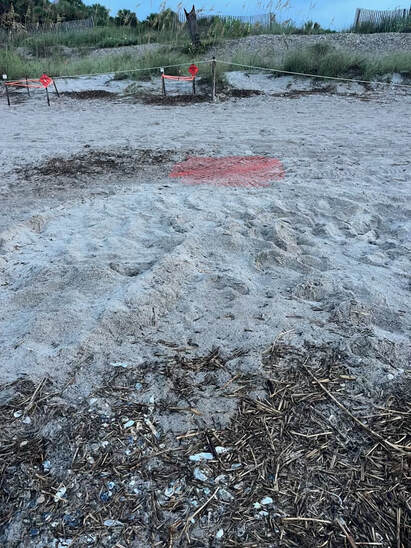
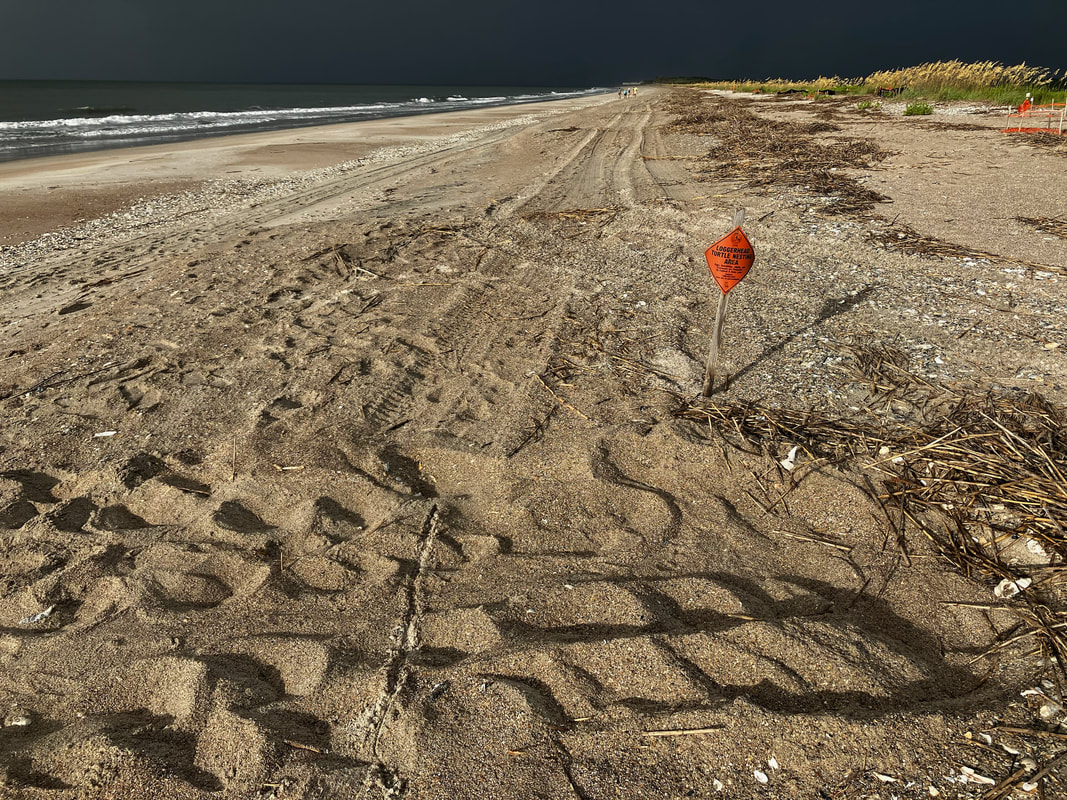

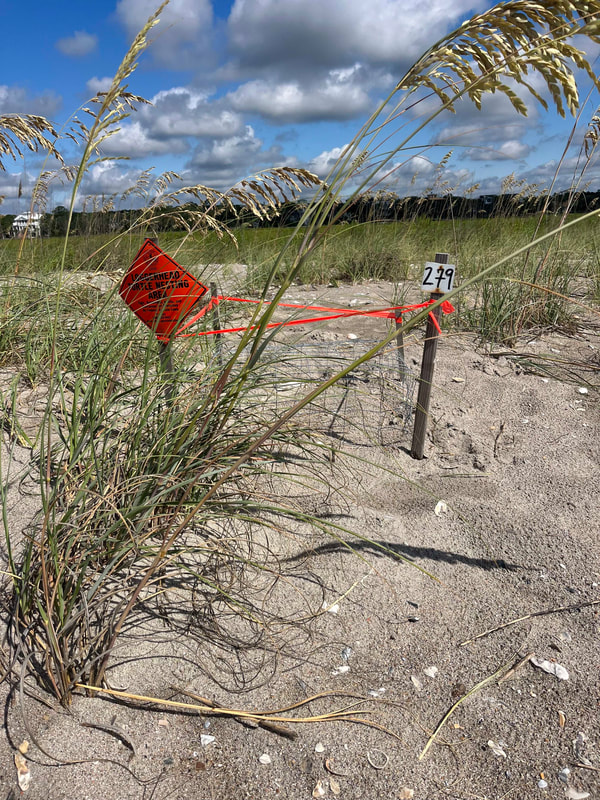
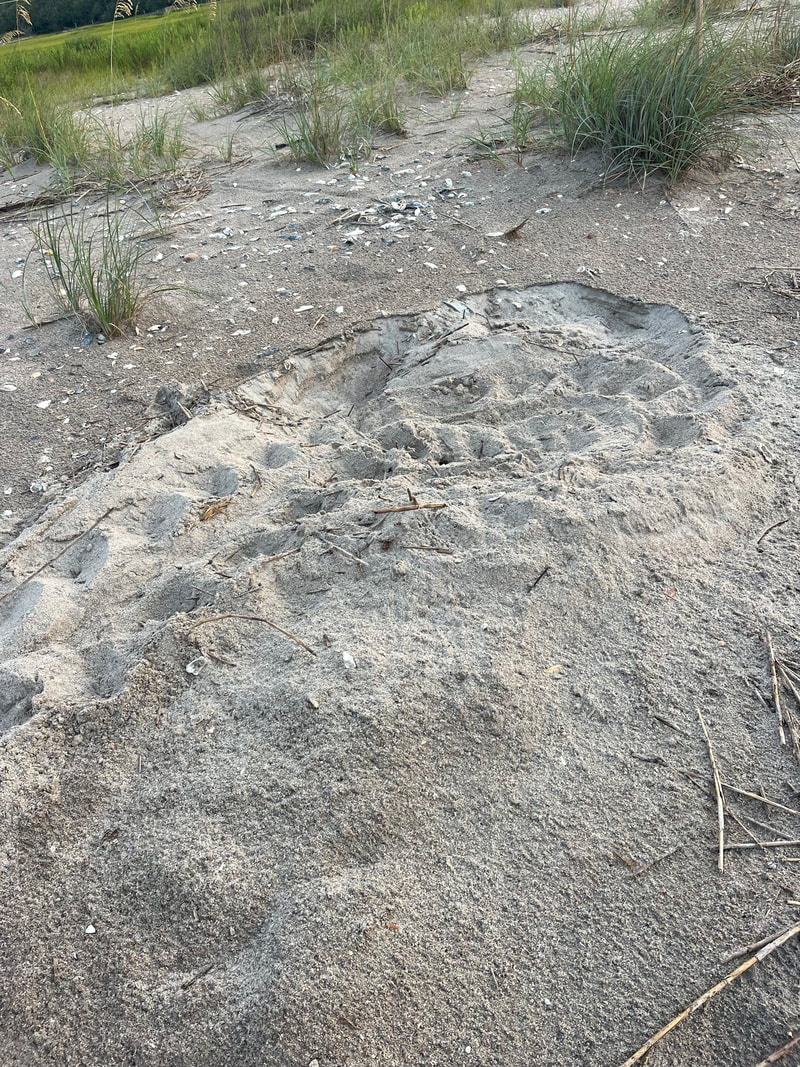
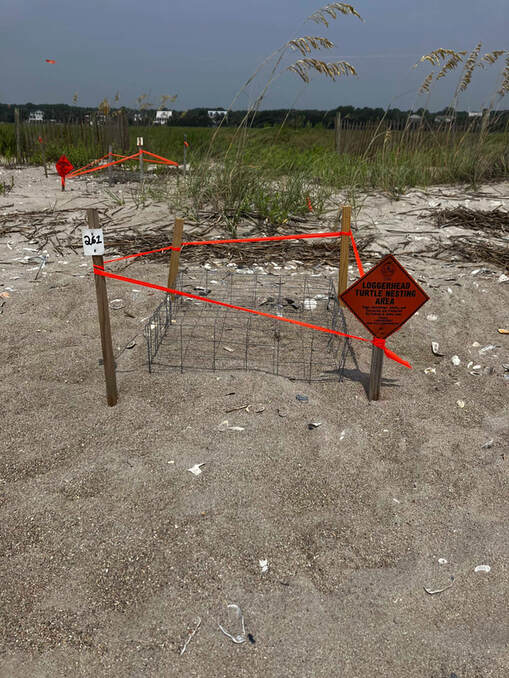
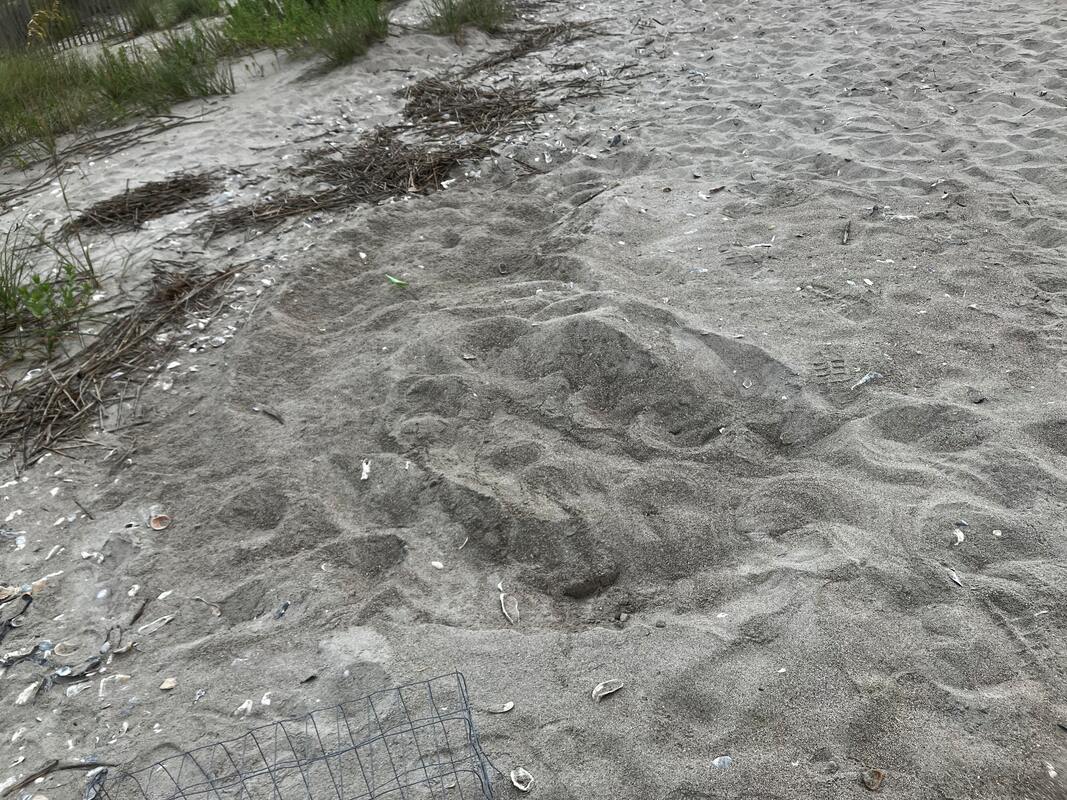
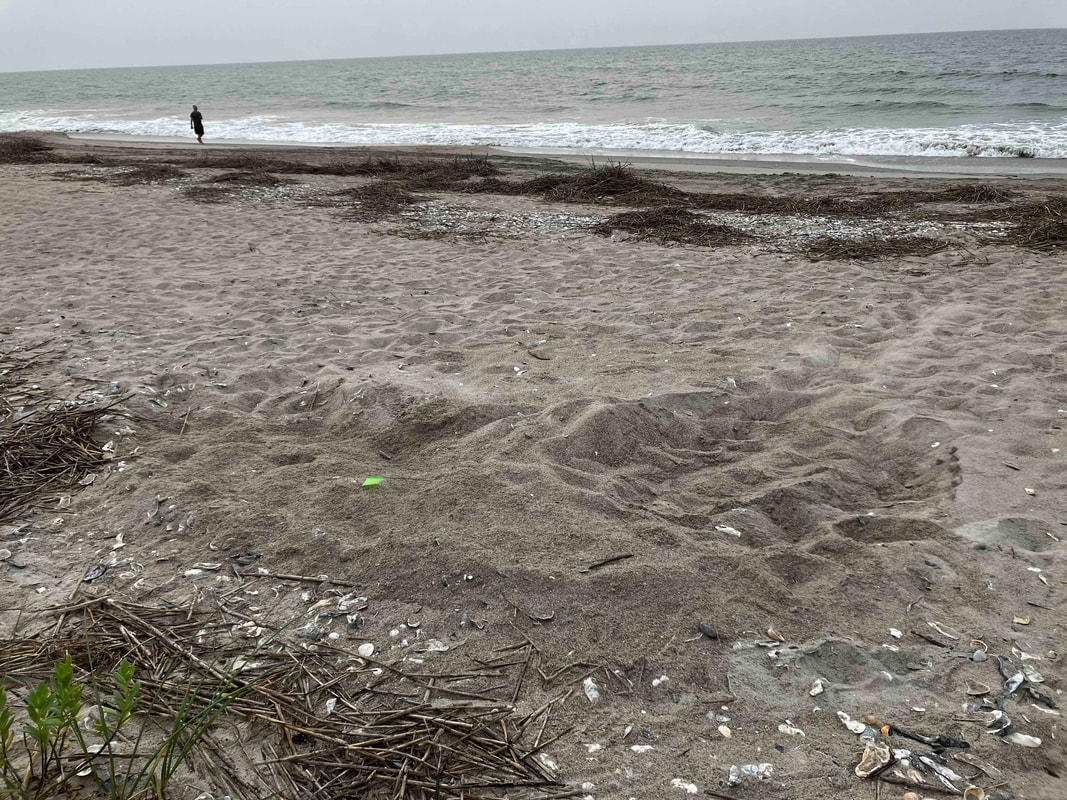
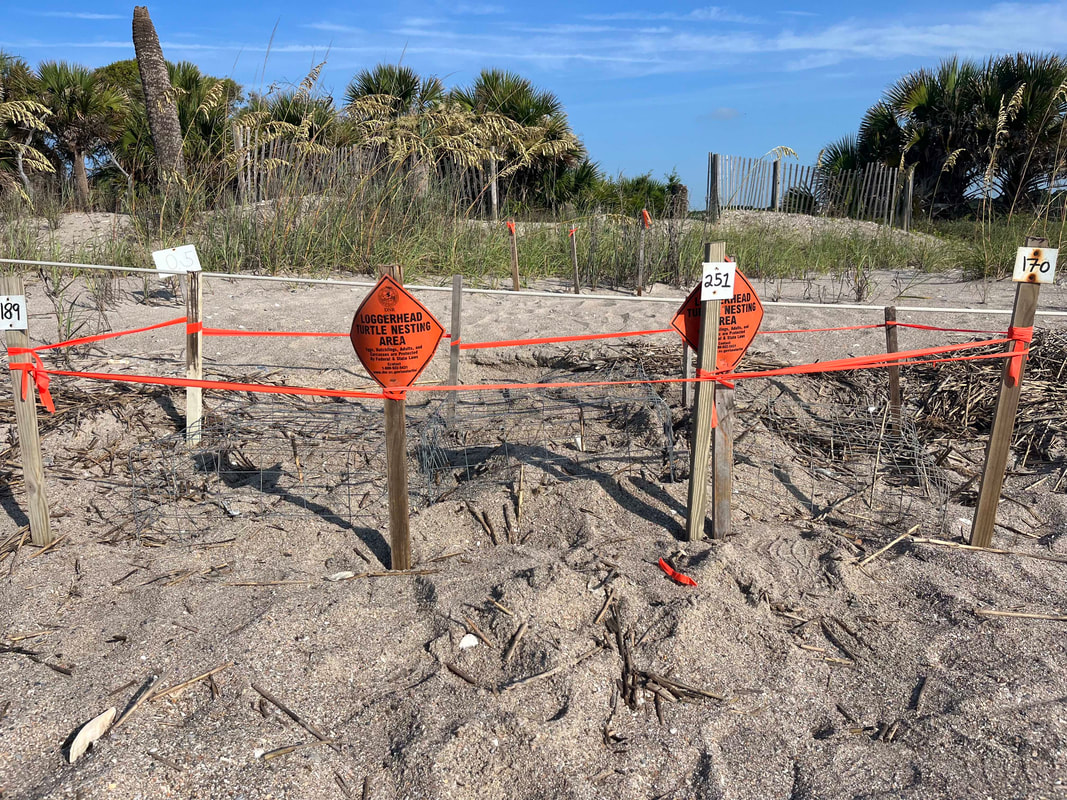
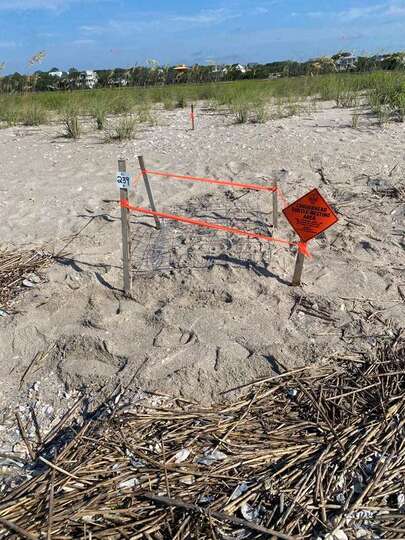
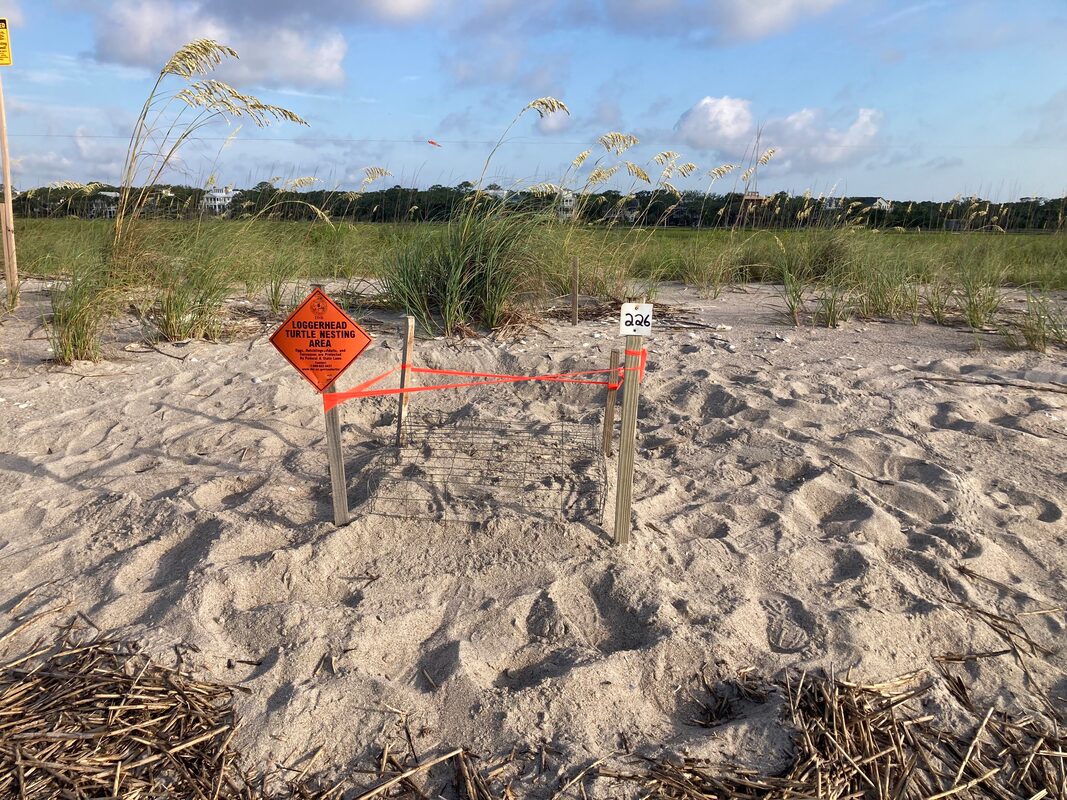
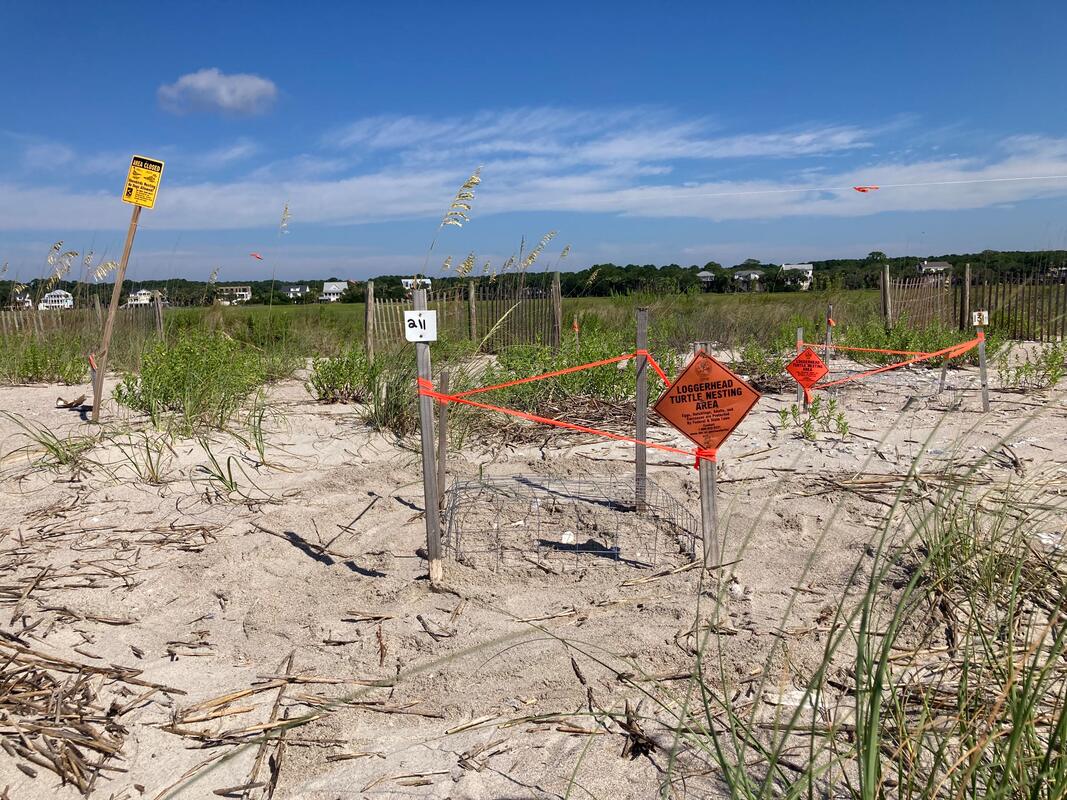
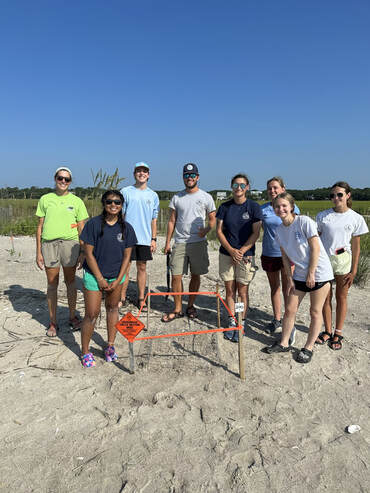
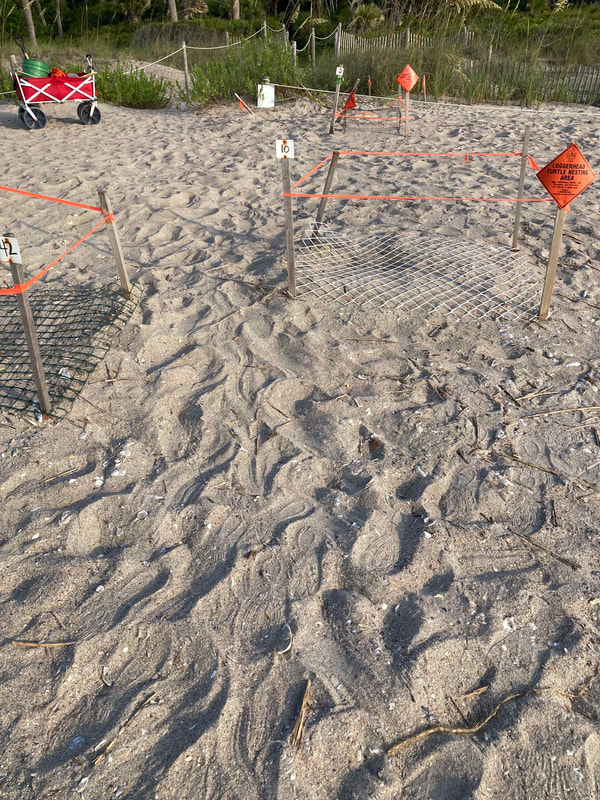
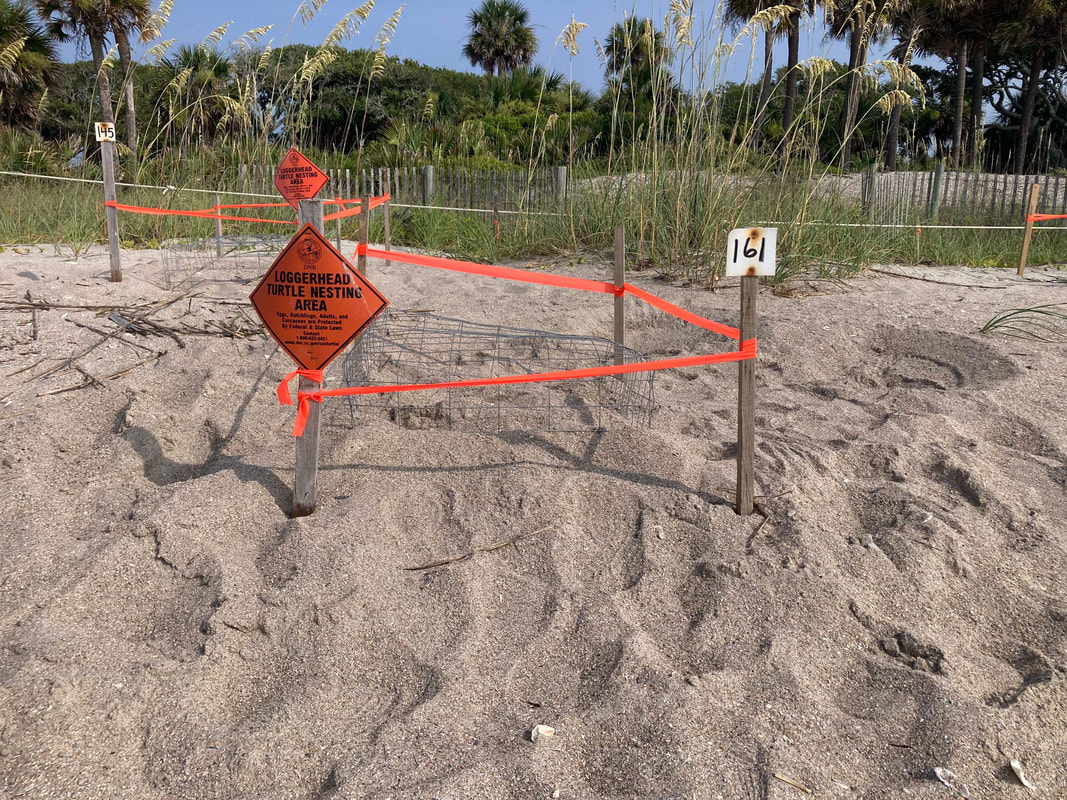
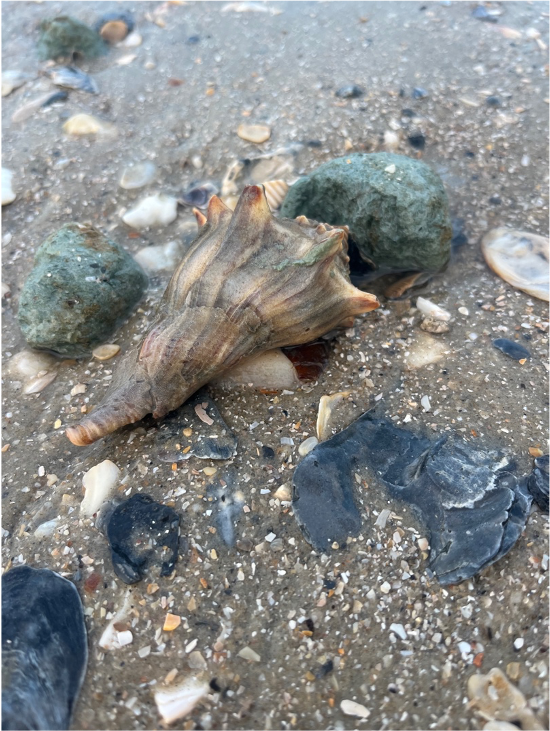
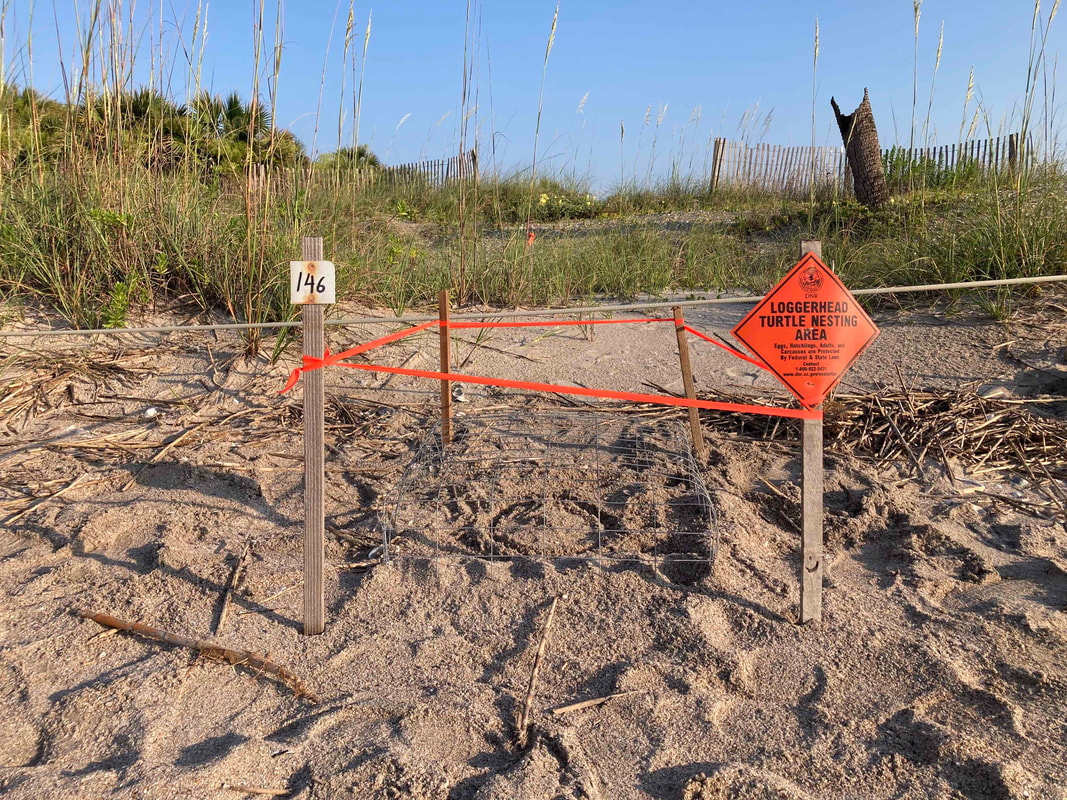
 RSS Feed
RSS Feed